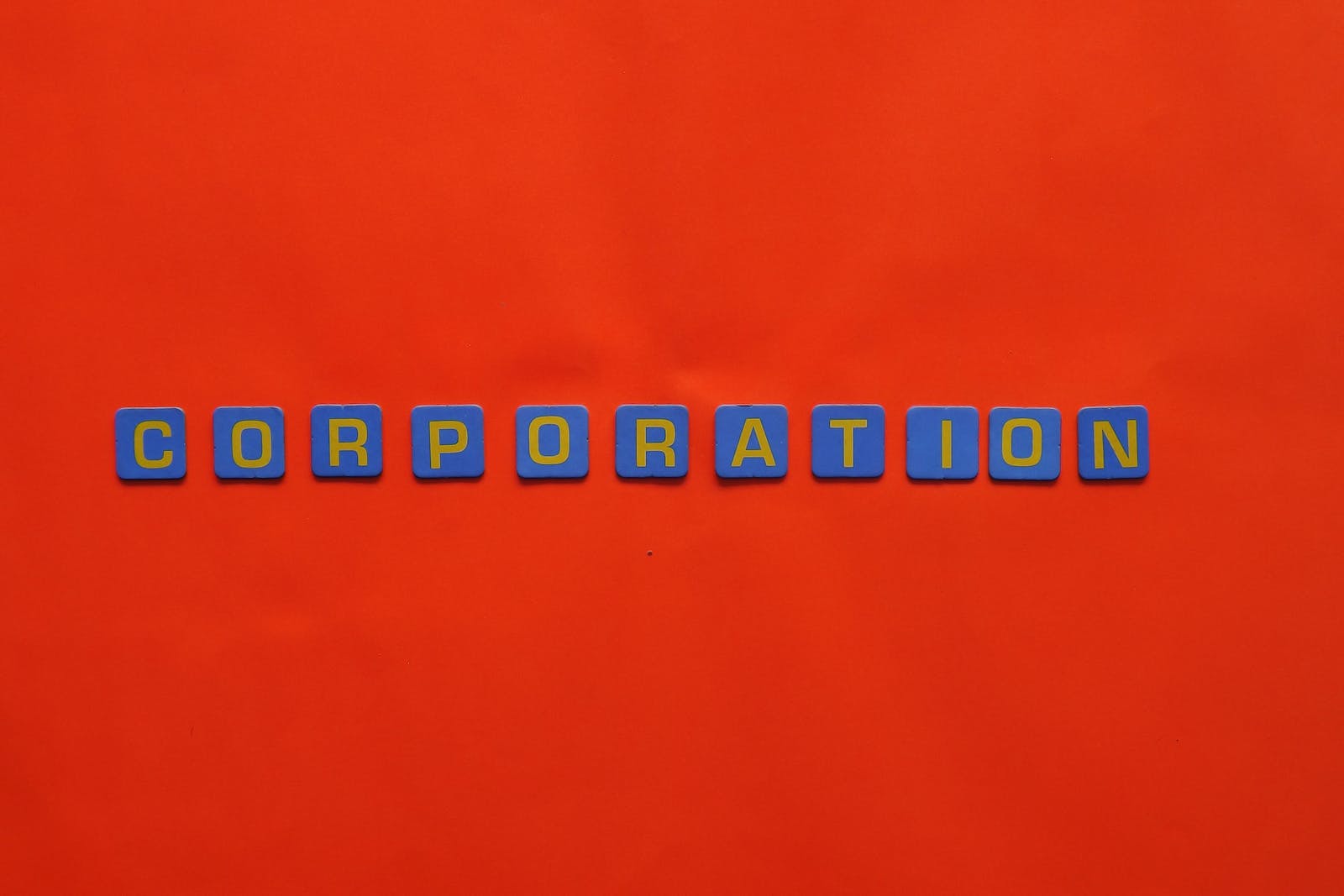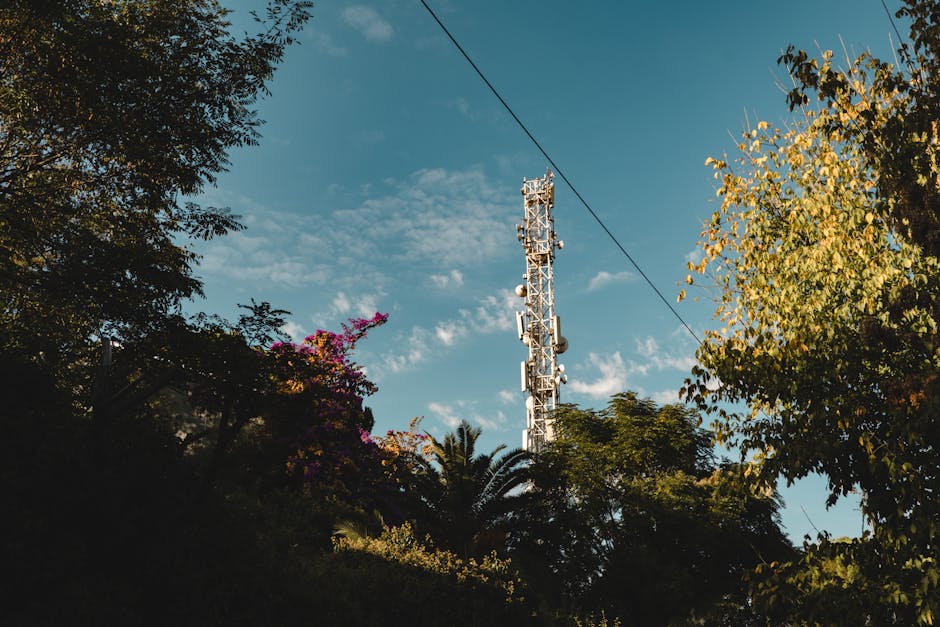The Ins and Outs of Xerographic Printing
Exploring the Pros and Cons
Xerographic printing, commonly known as laser printing, has revolutionized the printing and copying industry. It is a widely used technology for producing high-quality digital prints in offices, schools, and commercial settings. Understanding the advantages and disadvantages of xerographic printing is essential for making informed decisions about its utilization.
In this article, we will delve into the world of xerographic printing, exploring its benefits and drawbacks. Whether you are considering investing in a new printer or simply want to understand the technology behind your office copier, this comprehensive guide will provide valuable insights into the pros and cons of xerographic printing.
Pros
Xerographic printing offers numerous advantages that have contributed to its widespread adoption in various settings. From rapid printing speeds to cost-effective operation, the benefits of xerographic printing are significant.
Speed and Efficiency
One of the primary advantages of xerographic printing is its remarkable speed and efficiency. Laser printers and copiers can produce high-quality prints at a much faster rate compared to traditional inkjet printers. This makes them ideal for environments that require swift document processing and high-volume printing.
High-Quality Outputs
Xerographic printing excels in delivering crisp, professional-grade outputs. The technology ensures consistent toner distribution and precise image rendering, resulting in sharp text and images. Whether it's text documents, graphics, or photographs, xerographic printing maintains exceptional quality across various print jobs.
Cost-Effectiveness
In many cases, xerographic printing offers cost advantages over alternative printing technologies. The longer-term cost-effectiveness is often attributed to lower per-page printing costs, minimal maintenance requirements, and reduced ink wastage. This makes laser printing a preferred choice for businesses and organizations striving to optimize their printing expenditure.
Cost-Effective for Large Volume Printing
Xerographic printing is highly cost-effective when it comes to printing large volumes of documents. The per-page cost decreases significantly as the volume of printing increases, making it an ideal choice for businesses and organizations that require high-volume printing on a regular basis.
Missing a pro?
Let us know which pro you are missing!
Cons
While xerographic printing boasts several advantages, it also presents certain drawbacks that should be carefully considered. Issues related to environmental impact, consumables, and upfront costs are some of the factors that may sway the decision-making process when evaluating xerographic printing technology.
Environmental Considerations
One of the notable disadvantages of xerographic printing is its environmental impact. The process involves the use of toner, which contains microplastics and may pose challenges for proper disposal and recycling. Additionally, the energy consumption of laser printers and copiers can contribute to the overall carbon footprint of an organization.
Consumable Management
Xerographic printing relies on toner cartridges, drums, and other consumables that require proper management. The need to replace these components periodically adds to the operational costs and poses logistical challenges, especially in high-usage environments. Moreover, the reliance on specific consumables can lead to disruptions in printing workflows if supplies are not readily available.
Upfront Investment
Acquiring laser printers or copiers often entails a substantial upfront investment, particularly for models designed to handle large print volumes. While the long-term operational costs may be favorable, the initial capital outlay can be a barrier for smaller businesses or individuals seeking cost-effective printing solutions.
Potential for Ozone Emissions
One of the disadvantages of xerographic printing is the potential for ozone emissions, particularly in older or poorly maintained equipment. Ozone emissions can have negative health effects for individuals working in close proximity to the printing process, and therefore proper ventilation and maintenance are important considerations for businesses using xerographic printers.
Missing a con?
Let us know which con you are missing!
Conclusion
In conclusion, xerographic printing offers a range of benefits, including fast printing speeds, high-quality outputs, and cost-effectiveness. However, the technology also comes with environmental considerations, consumable management challenges, and upfront investment requirements. By carefully weighing the pros and cons, individuals and organizations can make informed decisions regarding the integration of xerographic printing into their printing infrastructure.
What do you think?
Do you think the pros outweigh the cons?







